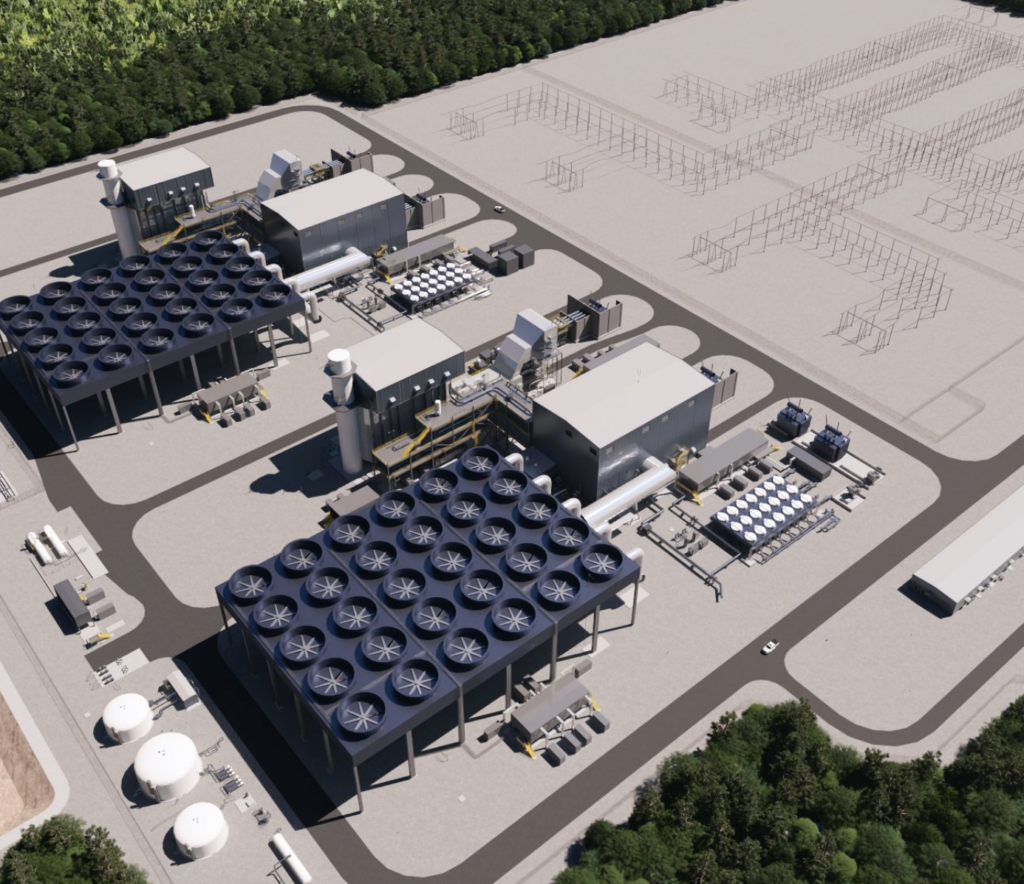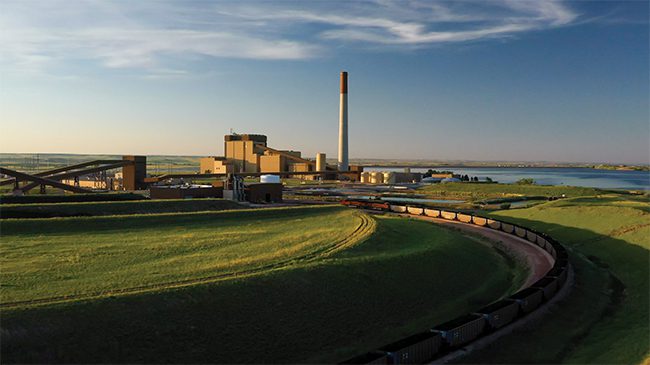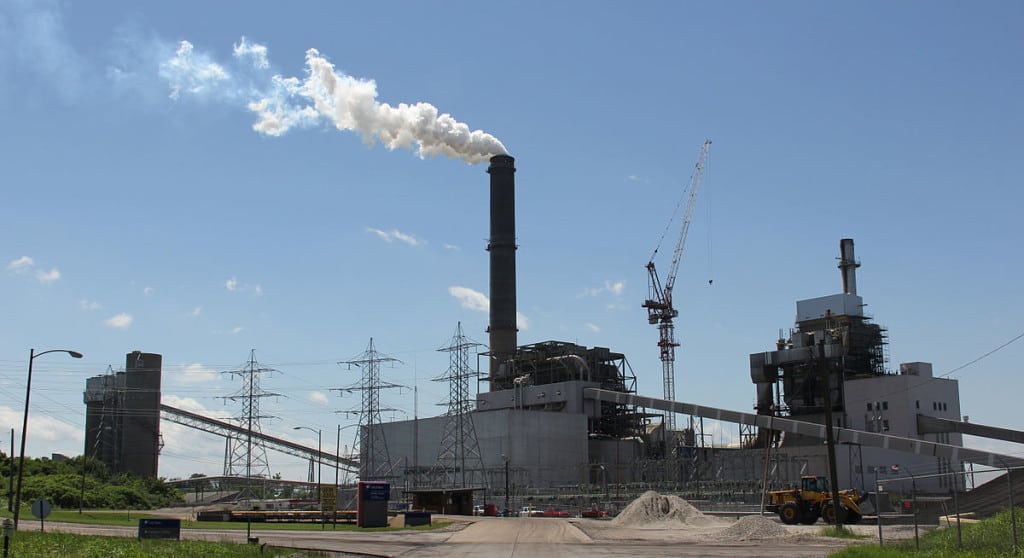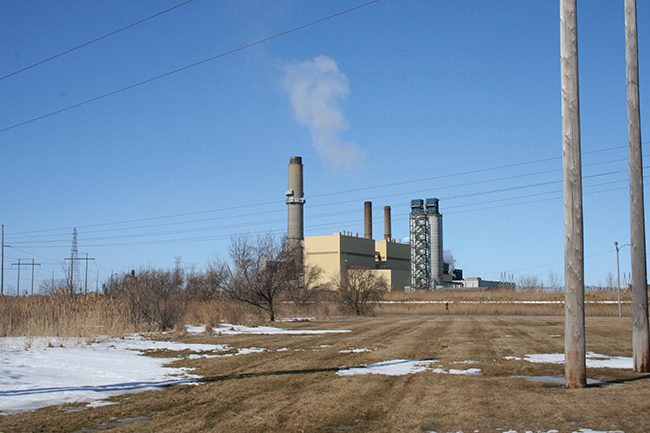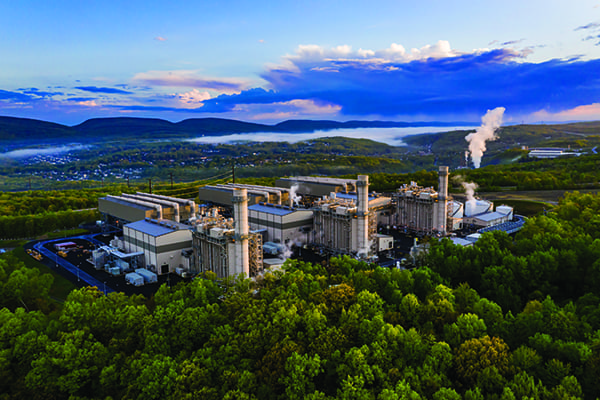COMMENTARY
Colorado lawmakers are considering legislation (HB19-1037) designed to help the state’s investor-owned utilities gracefully back out of non-economic coal-fired power plants. Colorado is at the forefront of states looking to use financial tools to replace costly coal plants with lower-cost clean energy, and drive revenue toward communities transitioning away from coal, all while keeping investors whole.
Utilities across the country have found it often costs less to build new clean energy than to keep operating existing coal plants. Investor-owned utilities, however, at times have struggled to retire aging coal plants because they often carry massive debt loads. Closing a plant early might mean customers face a rate shock in order to quickly pay down the debt, or shareholders could be forced to eat the loss. Some states are exploring a way out.
Ratepayer-Backed Bonds
Colorado’s bill, and pending bills in New Mexico and Missouri, is among the first concerted efforts to use ratepayer-backed bonds, often termed “securitization.” Securitization allows utilities to refinance power plant debt with low-cost, ratepayer-guaranteed bonds. The savings from refinancing dampens or eliminates rate shock, and can be used to provide transition funds to affected communities, such as retraining workers at the retiring coal plant.
Tools such as securitization are garnering attention as utilities and electricity customers realize they’re leaving billions of dollars’ worth of clean energy savings on the table. In 2018, Bloomberg reported that about half the U.S. coal fleet would fail were it not for ratepayers keeping them afloat. Recent utility filings from across the country are verifying this trend. In Colorado, Xcel Energy found it could save customers a quarter of a billion dollars by replacing just two coal units with clean energy, and a new study shows the state could save $2.5 billion retiring the entirety of its coal fleet before 2040.
A recent analysis from PacifiCorp showed more than half the utility’s coal fleet is non-economic relative to clean energy options, causing the utility to re-examine a long-expected series of depreciation filings. Northern Indiana Public Service Co. is moving to accelerate the closure of its coal fleet after finding that clean energy replacement would save consumers up to $2 billion.
While these utilities have started to demonstrate that they can reduce customer costs by replacing coal with clean energy, the data indicates this is just the tip of the iceberg. So why have some investor-owned utilities been shy to talk about closing non-economic coal, even as the costs of inaction and economics have gotten worse? The main issue is the billions of dollars of debt that utilities have sunk into coal plants in the past several decades, money they still hope to recover.
Generally, if a regulated investor-owned utility seeks to take a coal plant offline, it faces the risk that regulators—either now or in the future—won’t allow the utility to recover debt costs from ratepayers since the plant isn’t “used and useful.” If a retired coal plant isn’t providing useful service, regulators can argue that customers shouldn’t pay for it, at which point shareholders take the loss. A utility seeking to preserve shareholder value might find it expedient to just stick with coal, even if it means higher costs for customers.
Accelerated Depreciation
Alternatively, a utility can ask for the blunt instrument of accelerated depreciation, which jams all remaining debt costs into electricity bills in the years before the plant’s early retirement. This can impart rate shock and be costly for customers that can’t afford higher electricity bills.
Enter securitization. Ratepayer-backed bond securitization is a financial model where the utility swaps its debt—the unrecovered plant balance—for a ratepayer-backed bond. Unlike a corporate bond, which is paid for by the utility with ratings dependent on the solvency of the utility, a ratepayer-backed bond is guaranteed by the ratepayers. This bond has a far lower cost of capital than a utility’s rate of return, and payments can be spread over a longer timeframe.
Under securitization, the utility can recover its outstanding debt (in whole or part) up front through the sale of a bond, relieving pressure on investors to recover those dollars later and allowing the utility to immediately re-invest in clean energy. The ratepayer-backed bond is financed at a lower cost and over a longer period, saving ratepayers money. In addition, the bond can be used to collect revenue to support communities transitioning from fossil fuel-dependent economies.
Duke Energy in 2015 used securitization in Florida to reduce the impacts of retiring the Crystal River nuclear plant. Duke was allowed to apply for $1.3 billion in ratepayer-backed bonds, and it’s saving customers an estimated $700 million.
So why aren’t utilities clamoring to securitize debt obligations on non-economic plants? For one, to get a high credit rating (and low interest rate), these bonds are ratepayer-backed—meaning they’re non-bypassable and irrevocable. They also have to be bankruptcy remote and subject to an annual true-up. That level of guarantee is outside the purview of most utility commissions, so states need to pass special-purpose legislation.
Colorado’s legislation may be the template for a new set of tools. Other states where investor-owned utilities have substantial coal liabilities are starting to examine these tools for a pathway toward a rare win-win, where customers and investors can both benefit from new, low-cost clean energy infrastructure. ■
—Jeremy Fisher is a senior strategy and technical advisor for the Sierra Club.


